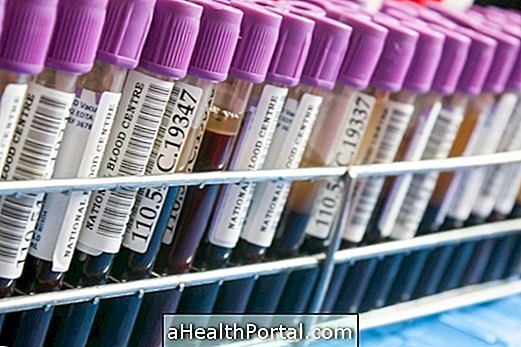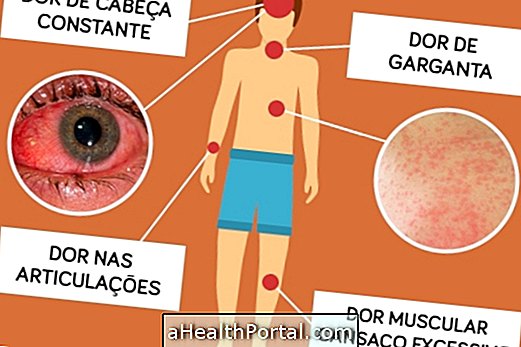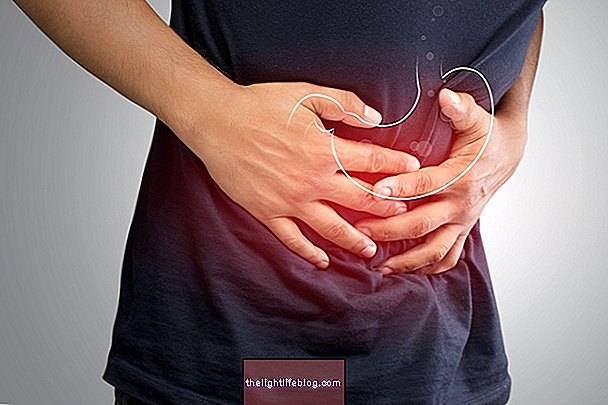Treatment for adult chicken pox lasts about 7 to 10 days and can be done at home with Paracetamol to lower fever, antihistamine such as Polaramine to lessen itching and Povidine to clean and help heal wounds, guided by the general practitioner.
The physician may also indicate acyclovir in the treatment of adult chicken pox in the first 24 hours after onset of symptoms in individuals with a weakened immune system, such as in the case of HIV or chemotherapy, or during pregnancy, in which case, should be the obstetrician to prescribe its use.
During treatment for chicken pox, the patient should not work or go to school until the last blister dries, to avoid contaminating others, and the doctor may also indicate a liquid soap with calamine to be used in the baths and a healing ointment to help to eliminate blisters from the chicken pox.
Treatment for adult chicken pox should be started as soon as possible to reduce the chances of complications such as appendicitis, encephalitis or myocarditis. Here's how to get your child's chicken pox.
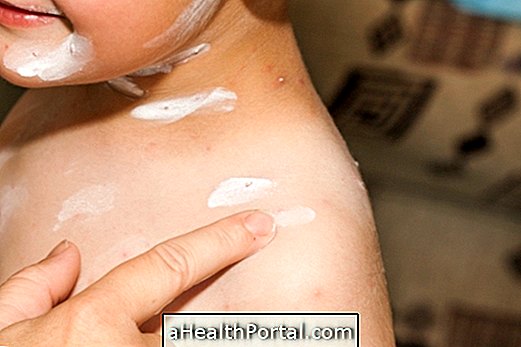
Treatment for chicken pox
Treatment for infantile chicken pox usually lasts about 7 to 10 days and your pediatrician may advise you to use Paracetamol to reduce pain, an antihistamine syrup to relieve itching, and Povidine or a healing ointment to help heal the blisters. chickenpox.
Non-steroidal anti-inflammatory drugs, such as Ibuprofen, or aspirin medicines should be avoided in the treatment of childhood chicken pox, as they may aggravate the symptoms.
Home Treatment for Chickenpox
Home treatment for chicken pox helps to alleviate the symptoms of the disease and may include:
- Drink plenty of fluids, such as water, tea or coconut water, for example;
- Take 2 to 3 baths with warm water and potassium permanganate or oatmeal;
- Cut the nails, avoiding to cause wounds in the skin;
- Avoid very hot, salty or acidic foods in the case of chicken pox in the mouth or throat;
- Spray mint talc or water paste on wounds to relieve itching;
- Wear wide clothing and cotton to prevent perspiration.
This care should also be used in the treatment of chickenpox in the baby, and it is also important to clean the surfaces and objects that came in contact with the patient, since the transmission of chicken pox occurs through the air, through direct contact with the patient's skin or through the sharing of clothing or objects contaminated by the secretions of potato blisters.
See also: How to relieve chickenpox itching.
Treatment for chicken pox with homeopathy
Treatment for chickenpox with homeopathy helps reduce the discomfort caused by the various symptoms of chickenpox and can therefore be done with:
- Rhus Toxicodendron 6c: used to reduce itching;
- Belladonna 6c: recommended in cases of fever and sore body;
- Enxdere 6c: recommended to relieve intense itching;
- Brionia 30c: used to treat dry cough and high fever.
Homeopathic remedies must be prescribed by a homeopath, since each individual needs different remedies depending on their body and symptoms.
Signs of Chickenpox Improvement
Signs of improvement in chickenpox include a decrease in fever 2 to 3 days after the start of treatment and the disappearance of potato blisters, which begin to dry out.
The marks left by the chicken pox may take up to 3 weeks to disappear, but the process can be accelerated with the use of calamine creams.
Signs of chickenpox worsening
When treatment for chickenpox is not being done properly, signs of worsening may occur, such as fever over 39 °, infections, frequent vomiting, difficulty breathing, or sore neck.
In case of chickenpox worsening, the patient should be taken to the hospital to adjust the treatment, and hospitalization may be necessary to inject the medication into the vein.
Complications of chicken pox
One of the most common complications of chicken pox is the infection of the blisters that can happen when the child removes the chickenpox from the chicken pox and there are microorganisms in the region. When the blister is infected the site becomes sore, red, swollen, hardened and the wound site looks wet. In this case the doctor may indicate the use of antibiotic for 8 days.


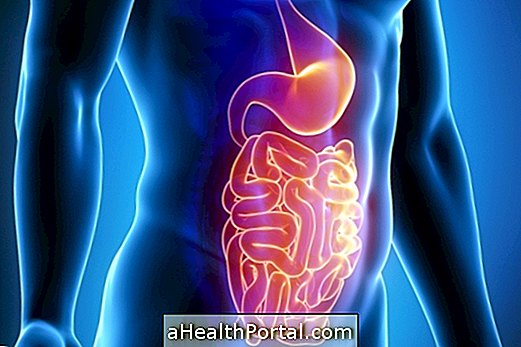
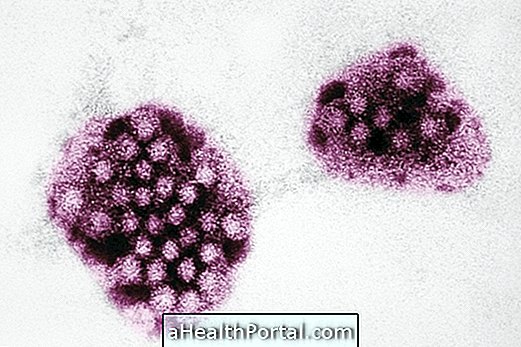
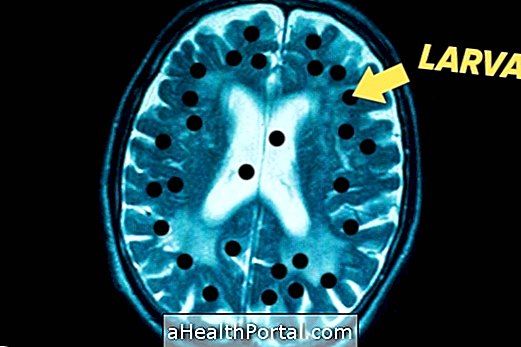
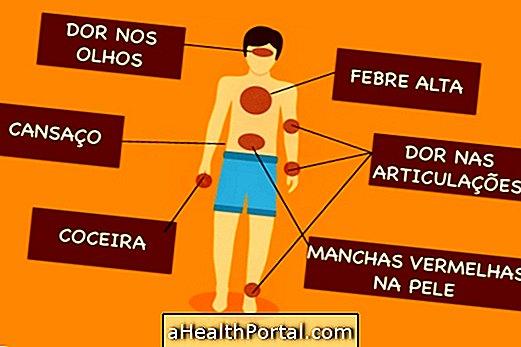

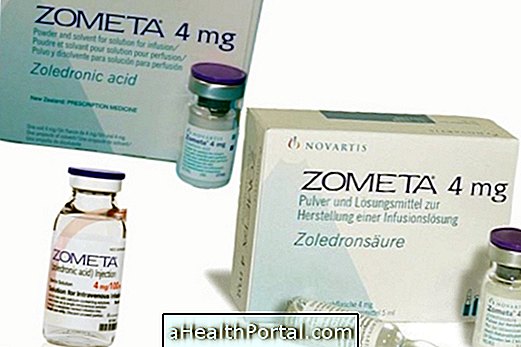

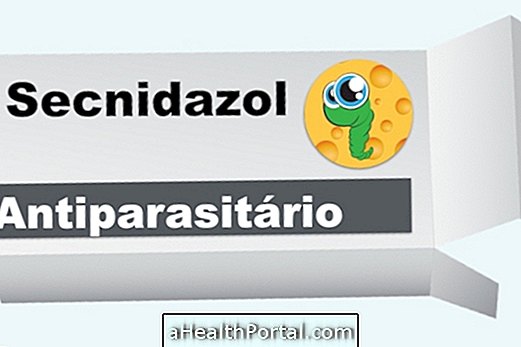
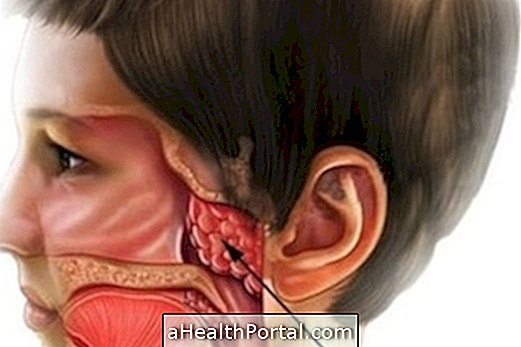
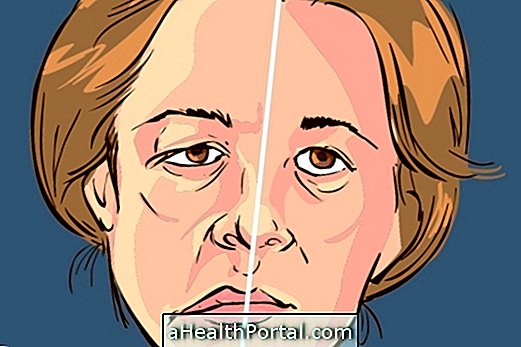


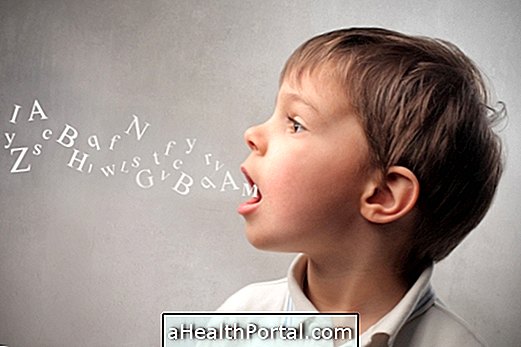
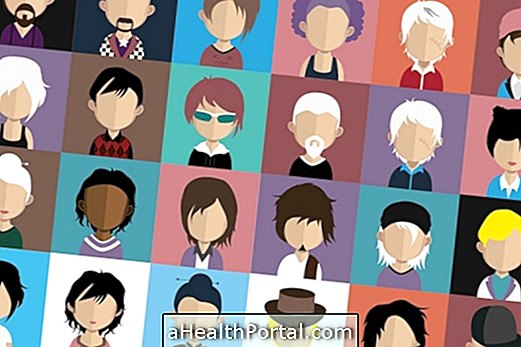





.jpg)
